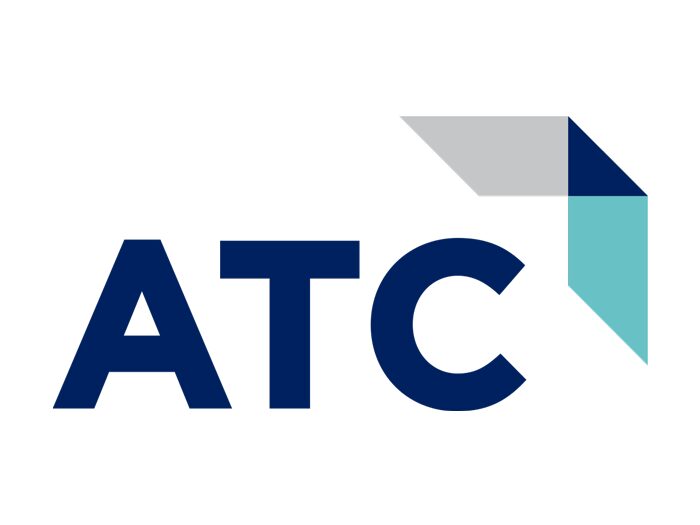
Everybody talks about the “customer journey” these days. It’s one of those buzzworthy terms that marketers love but most don’t fully understand, yet pretend they do—mainly because it sounds like something that will probably, somehow benefit them. So they want it, and they want it to be good.
(This content is provided by ATC technology provider, Talkdesk.)
Customer Experience vs. Customer Journey
Customer experience (CX), the trendy first cousin of customer journey, is all about how customers perceive your brand based on their interactions with you. CX is critically important as a driver for customer loyalty, brand recognition and sustainable growth—and yet, it’s just a subset of the overall customer journey.
Think of the customer journey as a map. Not one of those old-school, accordion maps that you can never re-fold and just wind up stuffing in your glove box. No—think of a big, beautiful map, rolled up in a scroll and tied with an elegant ribbon. Brands have the power to draw their own maps to the customer journey, with clear routes and vibrant details that would entice any traveler.
What starts as a blank canvas will ultimately be the path your customers take to learn about your brand, interact with it, make a purchase and ultimately leave it. Or, ideally remain a loyal, lifelong customer.
If you’re wondering if you can afford the time and effort it takes to overhaul your customer journey map, consider this: Organizations that make customer journey mapping a priority see an average of 200% more employee engagement and 350% more customer referral revenue. On top of that, their marketing efforts are rewarded with a 54% greater ROI, and sales cycles that move 18 times faster than those without a customer journey mapping strategy.
Recalculating…
I am in a constant battle with the map application on my smartphone. I always tell it to look for the most direct route to where I’m headed. Sure, I’ll pay tolls. No, I don’t mind the highway. Just get me there, and get me there fast.
Nine times out of ten, I’m halfway through my trip, when the app screeches at me to leave the highway and exit onto some desolate, pothole-riddled road. When I stop to check the map, I see that the app has taken it upon itself to choose a “better” route—one without tolls or highway traffic.
Listen, phone. I already told you where I want to go and that I want to get there as quickly and effortlessly as possible. Who are you to decide I don’t really know what I want and choose for me?
It’s easy to do the same thing to our customers if we aren’t careful. We hear what they want, but we get so wrapped up in our own vision and tactical day-to-day that we choose a “better” route for them, based on what fits our strategic direction, not theirs.
So How Do You Get There from Here?
Mapping the customer journey doesn’t have to be overwhelming if you follow a couple of simple rules. First, survey your current customers to about their journey with your brand. Take the good with the bad and wear your thickest skin when you ask. You need their honest feedback if your map is going to be successful.
Second, let go of your preconceived notions about the “right” journey and how you want your map to look. Instead, start drawing the most direct route between the first touchpoint with customers and what success looks like to them as a result of using your products and services.
Here are a few key landmarks to get your customers on their way to a better journey:
Empower your agents with the right information.
When your front line teams can see the whole picture of each customer’s prior interactions with you and how they prefer to communicate, they can serve customers faster and with less effort for both agent and customer.
Make it easy for your team to keep its promises.
In the heat of a customer interaction, agents may make promises to customers that they fail to keep, simply because they don’t have the time to manage notes and information in disparate applications. Make it easy for your team to manage notes and reminders through a single interface that is in perfect sync with your CRM.
Look for ways to proactively support the customer journey.
When you anticipate customer needs by greeting callers by name and offering a personalized experience, what could have been an inconvenience suddenly feels like concierge support. Make it easy for your agents to help customers in any channel and with the right information at hand.
Use these strategies in tandem with customer feedback to look for direct routes and smoother pathways for your customer journey map. Revisit your map often to make sure that it is flexing and growing along with your business to continually serve your customers’ needs.










